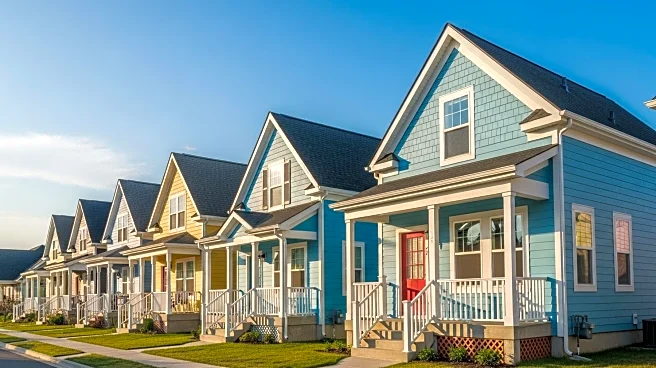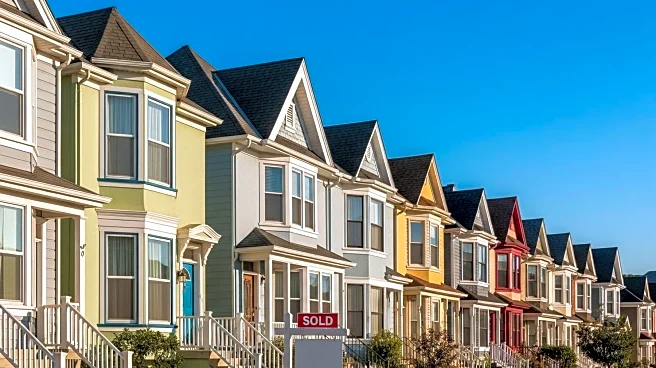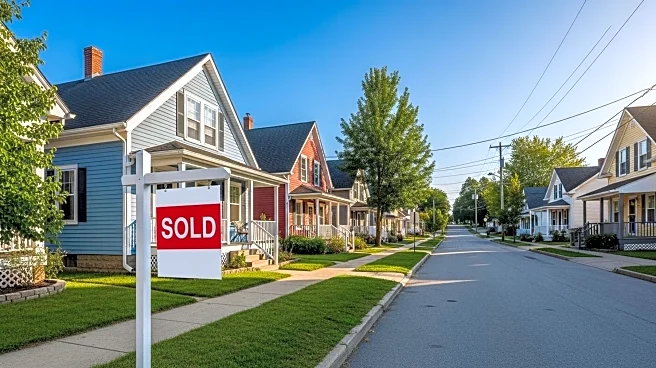What's Happening?
The median sale price for single-family homes in Massachusetts reached $665,000 in July, as reported by The Warren Group. However, Milford stands out with a significantly lower median price of $557,000, making it one of the more affordable towns in the region. Neighboring towns such as Hopkinton, Holliston, and Medway have much higher median prices, ranging from $695,000 to $987,500. A Colonial-style home in Milford, listed at $659,000, showcases the town's value proposition. This home features four bedrooms, two and a half bathrooms, a finished basement, and a four-season heated sunroom. The property also includes a renovated kitchen with granite countertops and stainless steel appliances. Listing agent Vera Lucia Dias notes that the market has slowed, allowing for more choice and stabilized prices.
Why It's Important?
Milford's affordability is attracting buyers from Boston, where housing prices are considerably higher. The town's proximity to Interstate 495, along with its shopping centers, restaurants, outdoor experiences, and strong school system, make it an appealing option for those seeking more value for their money. The shift in the market, with more homes available and fewer bidding wars, provides potential buyers with better opportunities to purchase homes at reasonable prices. This trend could influence the real estate dynamics in the region, potentially leading to increased demand in Milford and similar towns.
What's Next?
As the market continues to stabilize, Milford may see an influx of buyers from more expensive areas, further driving demand for its relatively affordable housing options. Real estate agents might adjust their strategies to cater to this demographic shift, potentially leading to more competitive pricing and marketing efforts. Additionally, the town's infrastructure and amenities could be enhanced to accommodate the growing population, impacting local businesses and community services.
Beyond the Headlines
The affordability of Milford compared to Boston highlights broader economic disparities within Massachusetts. This situation raises questions about urban planning and housing policies, as more people seek affordable living options outside major cities. The trend could lead to shifts in population density and economic activity, affecting local economies and potentially prompting policy changes to address housing affordability across the state.











